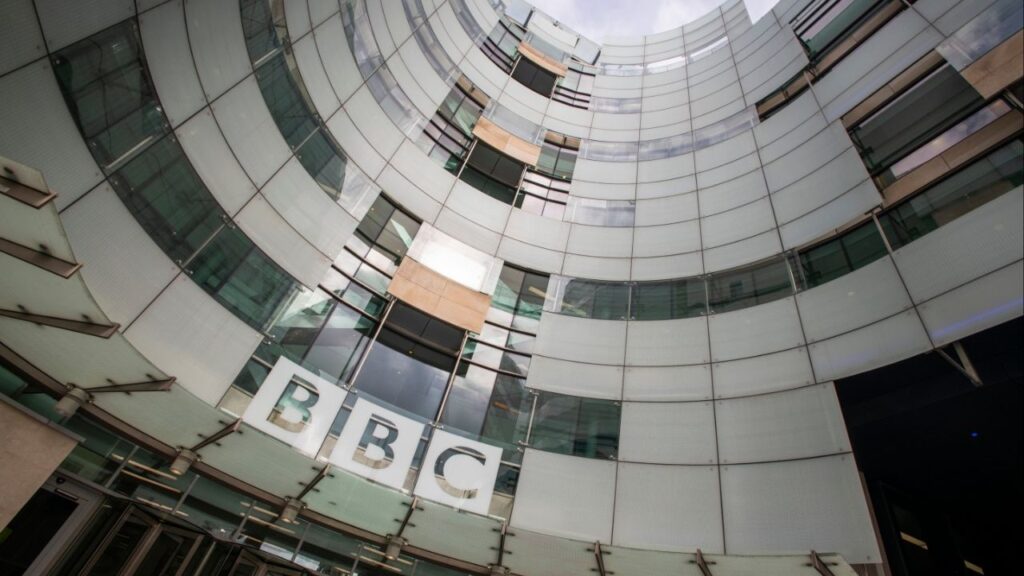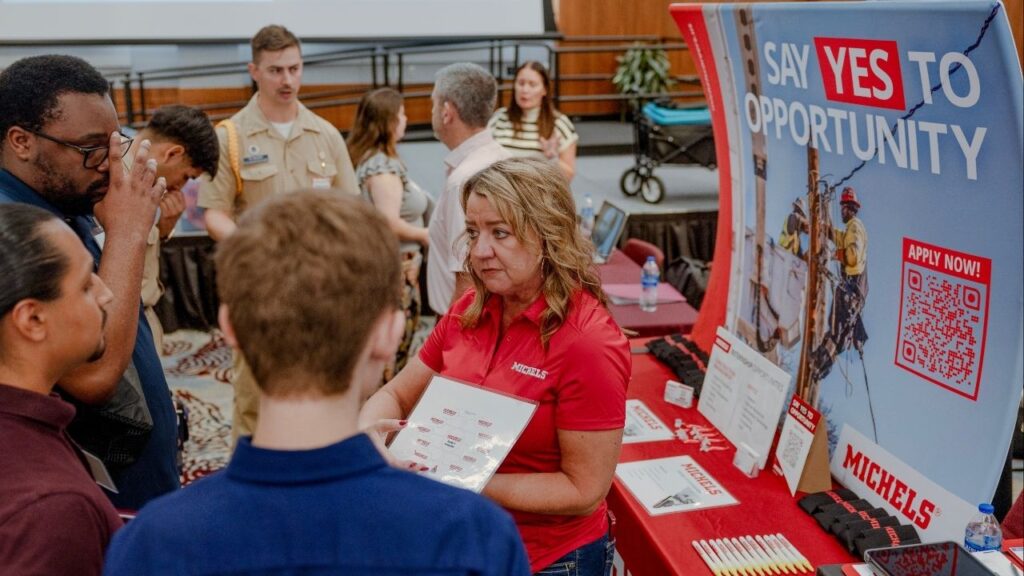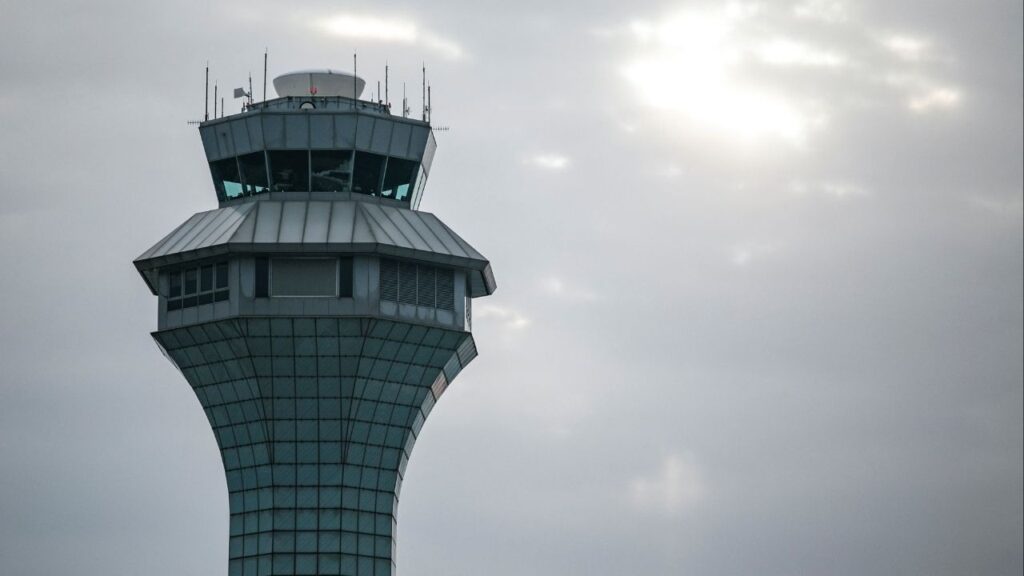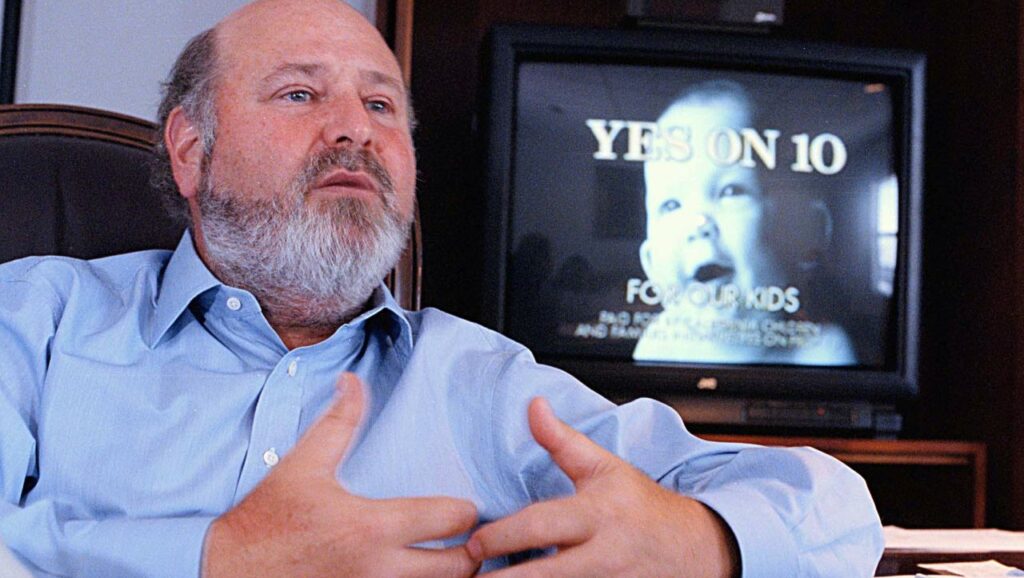Share
|
Getting your Trinity Audio player ready...
|
As California state universities fight over a shrinking financial pie for capital projects, the system spent $660 million on retail space and housing in San Diego, including $310 million to tear down an NFL stadium and build a new one.
The Mission Valley development surrounding the former Qualcomm Stadium was approved by the California State University system in 2020. Backers billed it as a bold new vision for San Diego State University.
Meanwhile, Fresno State boosters are looking to a countywide sales tax of .25% — expected on the March 2024 ballot — to finance similar goals. If passed by voters, Measure E would raise $1.4 billion over 25 years.
The San Diego State Story
Two miles away from the San Diego State campus, the university envisioned the 132 acres of land around the San Diego Charger’s former stadium for office space, retail, and affordable housing. The university would profit from ground leases as developers build hotels, coffee shops, and apartments.
Qualcomm Stadium would be torn down and rebuilt to support the San Diego State Aztecs, who much like Fresno State are seeking an invitation to a bigger athletic conference.
“There were a number of things for them they saw as an opportunity,” said Robert Eaton, assistant vice chancellor for financing with the CSU system. “One was to expand the campus footprint.”
CSU Saw an Opportunity and Grabbed it
After the NFL’s San Diego Chargers left for Los Angeles, the land around Qualcomm Stadium went on the market.
In 2018, San Diego State University boosters put forth Measure G to voters in the city to sell the site to the university for $88 million, paid for by the CSU system. The San Diego City Council approved the sale in 2020.
The list of projects included:
- A 35,000-seat stadium called Snapdragon Stadium
- 80 acres of parks and open space
- 4,600 housing units, 10% affordable
- A 400-room hotel
- 95,000 square feet of retail space
- An innovation district with lab space for academics
In all, the CSU spent $350 million to purchase the land, tear down the stadium and prepare it for development. The stadium, which cost $310 million to build, opened in fall 2022.

“We’re talking substantial amounts over the course, over the life of the project,” said Eaton. Over time, the project could provide hundreds of millions of dollars to SDSU, Eaton said.

“There were a number of things for them they saw as an opportunity. One was to expand the campus footprint.” — Robert Eaton, CSU assistant vice chancellor for financing
The university used public-private partnerships to build Mission Valley.
Developers will lease the ground to build office space and apartment complexes. An innovation district would provide partnerships with private companies for research space.
Eaton said private partnerships help the CSU system undertake projects outside their wheelhouse.
Fresno State has a similar public-private partnership with Lance Kashian & Co. for the 45-acre Campus Pointe. Lance Kashian & Co. built housing, a movie theater as well as restaurant and retail space across from Fresno State. The land for Campus Pointe belonged to Fresno State before development.
The idea behind these types of projects is that a university profits off the land while the developer makes money off rents.
San Diego State had the largest endowment in the CSU system at $396 million in the 2021-22 academic year compared to Fresno State’s $208.7 million.
CSUs Compete for Limited Resources; Deferred Maintenance Piles Up
In a January report, the California Legislative Analyst’s Office said neglected facilities throughout the CSU system have ballooned. The report estimated $3.1 billion in deferred maintenance across the CSU system.

“It is a very competitive process with an inadequate systemwide funding stream.” — Debbie Astone, vice president of finance, Fresno State
In a previous interview, Jennifer Pacella, manager of the higher education unit with the LAO, said the CSU system does not budget for ongoing maintenance.
Eaton said the CSU system doesn’t have the cash on hand to address deferred maintenance. To float a bond to pay for large capital maintenance, the project needs to have a direct revenue stream to pay for it, such as student housing.
“Over the last several years, we just had higher priorities,” Eaton said.
The CSU system turns to the state for revenue requests. Eaton said the state has “generally treated us well and they’ve given us money,” but with a $32 billion budget deficit for the new budget year, the state has tightened its belt.
For buildings that don’t generate their own revenue — such as lecture halls and classrooms — allocating money is more difficult, Eaton said.
Getting Funds for New Buildings Is Highly Competitive
In February, Gov. Gavin Newsom rescinded the funding for six CSU capital projects promised in the state’s 2022-23 fiscal year budget. Now the CSU must pick the funding, with decisions to be made by the CSU Board of Trustees in November.
Picking which projects to fund can be a very difficult discussion, Eaton said. CSU trustees rely on staff input.
The CSU system is right now prioritizing STEM — science, technology, engineering, mathematics — projects.
The CSUs compete with the 22 other campuses for their capital outlay programs, said Debbie Astone, vice president of finance at Fresno State, in an email.
“It is a very competitive process with an inadequate systemwide funding stream to meet the highest needs for all 23 campuses,” Astone said.
Measure E Projects for Fresno State
The $1.4 billion Measure E projects list for Fresno State designates $240 million for athletics, including $160 million to renovate Valley Children’s Stadium.
There’s also a $160 million for student housing and parking, a new $60 million building for the nursing school, and a $60 million expansion of the Lyles College of Engineering.
Eaton said having an additional revenue stream such as Measure E would not affect Fresno State’s future funding of projects.

RELATED TOPICS:
Categories

Fresno County Crash Leaves One Dead, Four Injured

Trump Sues Britain’s BBC for up to $10 Billion Over Speech Edit

US Unemployment Rate Rises, a Warning Sign for Economy















